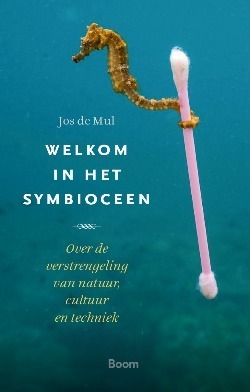Eric Claus. Twenty-one Twentieth Century Philosophers in Bronze (Ed. and Introduction: J. de Mul). Rotterdam, 1999, 114 p.
The atelier of Eric Claus in Broek-in Waterland invites you to linger. In addition to countless sketches, designs, books and catalogues, the two-storey atelier houses dozens of sculptures, figurines, medallions and coins. Some of them are autonomous works, often - such as the series of sculptures inspired by the commedia dell’arte - they are part of an extensive series, created over a period of several years. The first thing that strikes you as you wander round the atelier is the masterly craftsmanship with which Claus creates, from bronze, the playful, well-chosen forms and the rich, touch-tempting textures of his medallions and sculptures. That is why a visit to the artist’s atelier is first and foremost a feast for the senses. But Claus’ work does not only speak to the senses. Although the love of a sculptor for his material is unmistakable, his work is equally characterised by the richness of his ideas. This is expressed in his choice of subject. Although each of the figures in the commedia dell’arte series possesses an unmistakable individuality, they do not merely stand alone. Rather they denote the archetypal characters of this old theatrical tradition and, as such, the vis comica of human existence. The contrast between the material form and the spiritual content gives Claus’ sculptures an aesthetic tension which, using the words of the Presocratic philosopher Heraclitus, could be described as a conflicting harmony. It is partly due to this conflicting harmony that Claus’ sculptures continually attract attention and invite interpretation.
In the series Twenty-one philosophers of the twentieth century, which is documented in this book, Claus appears to be investigating just how far he can push the tension that is so characteristic of his work. While he is still on a sculptor’s familiar territory with the series of portrait medallions of twentieth-century philosophers, in the sculptures which accompany them he has attempted to represent the body of ideas of the thinkers depicted on the medallions. This could be called a true tour de force, because few things are further from the solid tangibility of the sculpture than the abstract, intangible body of ideas of the philosopher. The fact that the artist Claus has been so successful in capturing the complex thinking of the twentieth-century philosophers in images is witness to his affinity with the world of philosophy.
Twenty-one Twentieth Century Philosophers in Bronze
Typography
- Smaller Small Medium Big Bigger
- Default Helvetica Segoe Georgia Times
- Reading Mode









